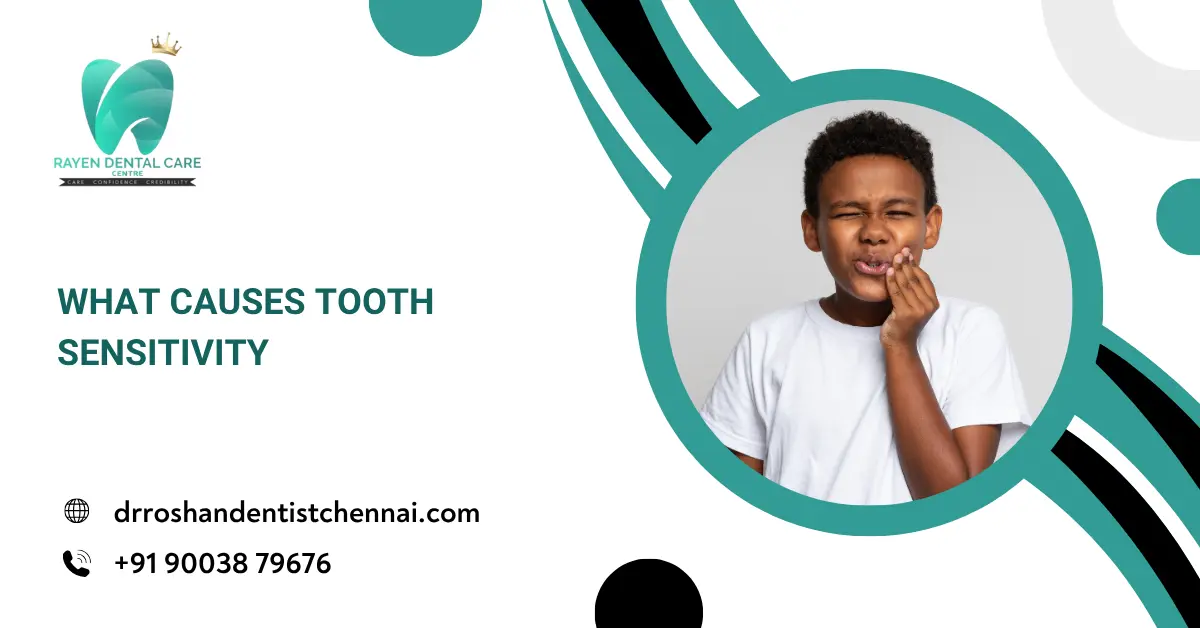Sleep apnea is a serious sleep disorder that affects both children and adults, causing interruptions in breathing during sleep. These pauses in breathing can lead to fragmented sleep, excessive daytime fatigue, and long-term health complications if left untreated. Sleep Apnea Treatment in Chennai focuses on addressing these breathing interruptions through advanced diagnostic and therapeutic methods. While continuous positive airway pressure (CPAP) machines are a common solution, many patients find them uncomfortable and difficult to use consistently. Oral appliances have emerged as an effective, non-invasive alternative that helps maintain an open airway, improving sleep quality and overall health through personalized Sleep Apnea Treatment in Chennai.
Sleep Apnea Treatment
Treatment for sleep apnea varies based on severity, underlying causes, and patient preferences. Many children and adults experience obstructive sleep apnea (OSA), which occurs due to airway blockages caused by relaxed throat muscles or anatomical structures.
- Lifestyle Modifications: Simple changes such as weight management, sleeping on one’s side, and avoiding sedatives can reduce apnea episodes. Children with enlarged tonsils may benefit from dietary adjustments to minimize inflammation.
- Medical Interventions: CPAP therapy remains a widely used treatment, but many patients prefer alternative solutions like oral appliances. In severe cases, surgical interventions such as tonsillectomy in children or maxillomandibular advancement surgery in adults may be necessary.
- Behavioral Therapy and Monitoring: Behavioral changes, including maintaining a regular sleep schedule, are essential. Regular follow-ups with a healthcare provider ensure that the chosen treatment remains effective and is adjusted when needed.
Oral Appliances for Sleep Apnea
Oral appliances provide a comfortable and effective solution for patients who struggle with CPAP therapy. These custom-made devices help reposition the jaw and tongue to prevent airway obstruction, promoting uninterrupted breathing.
- Types of Oral Appliances: Mandibular advancement devices (MADs) adjust the lower jaw forward to keep the airway open. Tongue-retaining devices (TRDs) hold the tongue in a forward position, preventing it from blocking airflow.
- Benefits of Oral Appliances: These devices are lightweight, portable, and silent, making them ideal for patients who dislike the noise and bulkiness of CPAP machines. They also improve compliance, as they are easier to wear during sleep.
- Fitting and Customization: A dentist specializing in sleep apnea treatment customizes the device for a perfect fit. Regular adjustments ensure continued effectiveness, and follow-ups help address any discomfort or side effects.
Better Breathing at Night
Proper breathing during sleep is essential for overall health and cognitive function. When sleep apnea disrupts oxygen flow, it can lead to complications such as heart disease, high blood pressure, and behavioral issues in children.
- Effects of Sleep Apnea on Breathing: Apnea episodes cause repeated oxygen deprivation, forcing the brain to wake the body to resume breathing. This disrupts sleep cycles, leading to daytime sleepiness and concentration difficulties.
- How Oral Appliances Improve Breathing: By keeping the airway open, oral devices ensure a steady oxygen supply throughout the night. This reduces snoring and improves sleep quality for both the patient and their family members.
- Long-Term Health Benefits: Restoring healthy breathing patterns lowers the risk of cardiovascular issues, boosts immune function, and enhances mental clarity. For children, improved sleep leads to better academic performance and emotional well-being.
Sleep Apnea Oral Devices
These devices provide an effective alternative to traditional treatments, making them a preferred choice for many individuals suffering from mild to moderate sleep apnea.
- Mechanism of Action: Oral devices work by repositioning the jaw or tongue to create more airway space, preventing obstructions that cause breathing interruptions.
- Comparison to CPAP Therapy: While CPAP therapy is highly effective, it can be cumbersome and uncomfortable. Oral appliances offer a user-friendly alternative, increasing patient adherence to treatment.
- Suitability for Different Age Groups: These devices are suitable for both children and adults, with pediatric versions designed to accommodate growing facial structures. A specialist evaluates each patient to determine the most appropriate option.

Non-Surgical Sleep Apnea Care
Many patients seek non-invasive solutions to manage sleep apnea effectively. Non-surgical approaches focus on minimizing symptoms and improving breathing without requiring medical procedures.
- Positional Therapy: Sleeping on the side rather than the back reduces airway collapse, minimizing apnea episodes. Special pillows and wearable devices can assist in maintaining the correct sleep posture.
- Oral and Myofunctional Exercises: Strengthening tongue and throat muscles through targeted exercises reduces airway obstruction. Children, in particular, benefit from myofunctional therapy, which corrects improper oral habits that contribute to apnea.
- Long-Term Management Strategies: Regular check-ups ensure that treatment methods remain effective. Adjustments to oral appliances, lifestyle modifications, and therapy sessions help maintain optimal results over time.
Conclusion
Sleep apnea affects both children and adults, significantly impacting overall well-being if left untreated. Sleep Apnea Treatment in Chennai provides patients with safe, tailored solutions that go beyond conventional CPAP methods to ensure long-term comfort and better sleep. Oral appliances offer a comfortable and effective alternative to traditional CPAP therapy, improving nighttime breathing and sleep quality. These devices provide a non-invasive solution that is easy to use, enhancing compliance and long-term health benefits. For individuals seeking an effective Sleep Apnea Treatment in Chennai, Rayen’s Dental Clinic provides expert care and customized oral appliances to ensure a restful and healthier sleep experience.
Read also: Air Abrasion Dentistry





